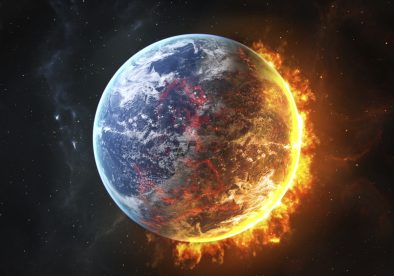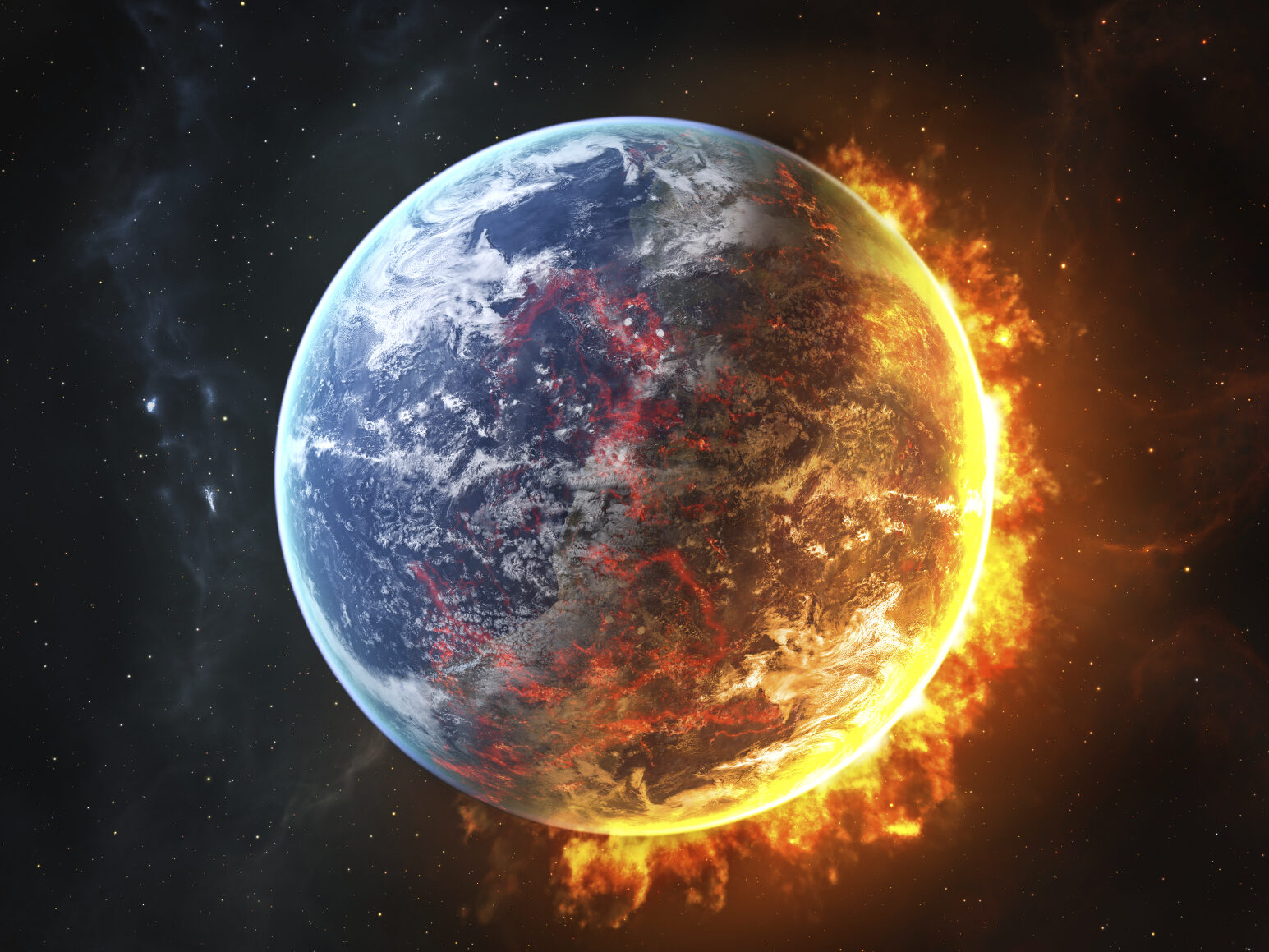Thirty-four light years from Earth, the explorer ship Magellan is nearing its objective – the Iota Persei system. But when ship commander Cait Dyson wakes from deepsleep, she finds her co-pilot dead and the ship’s AI unresponsive. Cait works with the rest of her multinational crew to regain control of the ship, until they learn that Earth is facing total environmental collapse and their mission must change if humanity is to survive.
As tensions rise and personal and political agendas play out in the ship’s cramped confines, the crew finally reach the planet Horizon, where everything they know will be challenged.
ISBN 9780648197546 (print book)
ISBN 9781460704653 (ebook)
Science Fiction
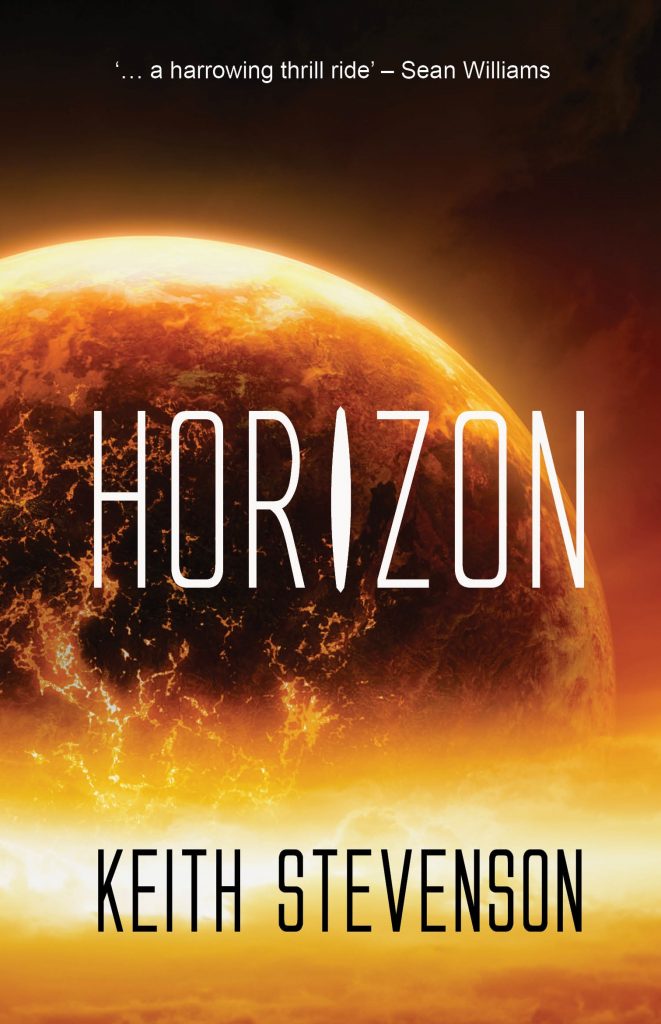
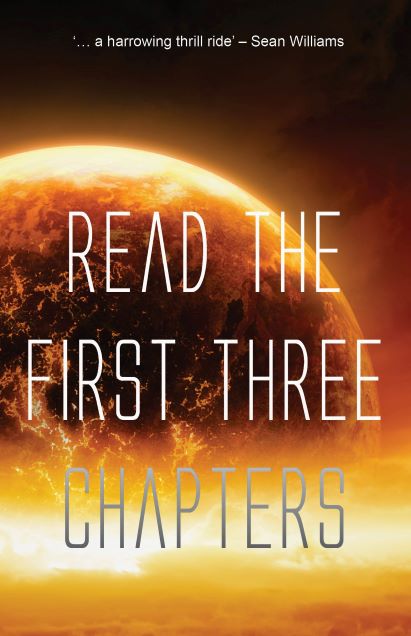
Related blog posts
- Publication Log – October
 There’s a lot going on in the background as I move a number of manuscripts toward publication, so this series of posts will capture some of the inputs and things I learn along the way for Horizon, The Lenticular and 2 Bodies (which is definitely a working title). Horizon is up first. Horizon For those… Read more: Publication Log – October
There’s a lot going on in the background as I move a number of manuscripts toward publication, so this series of posts will capture some of the inputs and things I learn along the way for Horizon, The Lenticular and 2 Bodies (which is definitely a working title). Horizon is up first. Horizon For those… Read more: Publication Log – October - Publication Log – September
 There’s a lot going on in the background as I move a number of manuscripts toward publication, so this series of posts will capture some of the inputs and things I learn along the way for Horizon, The Lenticular and 2 Bodies (which is definitely a working title). Horizon is up first. Horizon The ebook… Read more: Publication Log – September
There’s a lot going on in the background as I move a number of manuscripts toward publication, so this series of posts will capture some of the inputs and things I learn along the way for Horizon, The Lenticular and 2 Bodies (which is definitely a working title). Horizon is up first. Horizon The ebook… Read more: Publication Log – September - Life in the extreme
 It seems life can be found everywhere. Recent reports from the International Space Station have even found sea plankton living quite happily on the outside of the station’s windows. While Earth today is mostly benign to life, there have been a number of mass extinction events, most famously the meteor strike 65 million years ago… Read more: Life in the extreme
It seems life can be found everywhere. Recent reports from the International Space Station have even found sea plankton living quite happily on the outside of the station’s windows. While Earth today is mostly benign to life, there have been a number of mass extinction events, most famously the meteor strike 65 million years ago… Read more: Life in the extreme - Time travel, relatively speaking
 In my post Engage engines, I talked about the theoretical drive that boosts the explorer ship to an appreciable fraction of the speed of light in order to reach the Iota Persei system in a reasonable time — i.e. before my ‘stellarnauts’ grow too old. It was important for the story that the world of… Read more: Time travel, relatively speaking
In my post Engage engines, I talked about the theoretical drive that boosts the explorer ship to an appreciable fraction of the speed of light in order to reach the Iota Persei system in a reasonable time — i.e. before my ‘stellarnauts’ grow too old. It was important for the story that the world of… Read more: Time travel, relatively speaking - Planet building
 a lot of the grunt work in good science fiction goes into imagining the worlds that space travellers visit. The way I see it, there are four key elements in creating a believable world to serve the needs of the story: spatial location physical attributes geological past, and current environment. To make sure my crew… Read more: Planet building
a lot of the grunt work in good science fiction goes into imagining the worlds that space travellers visit. The way I see it, there are four key elements in creating a believable world to serve the needs of the story: spatial location physical attributes geological past, and current environment. To make sure my crew… Read more: Planet building - Inside a transhuman
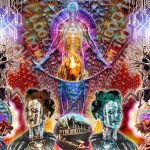 One of the most interesting themes in science fiction, and one of the most exciting advances happening in medical research today, is how humans will become augmented through interfacing with technology. In the real world, there are amazing advances that enable paraplegics to control the environment around them. In 2012 in the UK, a woman… Read more: Inside a transhuman
One of the most interesting themes in science fiction, and one of the most exciting advances happening in medical research today, is how humans will become augmented through interfacing with technology. In the real world, there are amazing advances that enable paraplegics to control the environment around them. In 2012 in the UK, a woman… Read more: Inside a transhuman - Snowball Earth
 Science fact and science fiction walk hand in hand, and this particular cross-fertilisation affected me directly. Imagine planet Earth locked in a never-ending ice age: a giant, lifeless snowball encased in 3-kilometre-thick ice sheets with an average temperature of minus 50 degrees Celsius at the equator. It almost happened a number of times in our… Read more: Snowball Earth
Science fact and science fiction walk hand in hand, and this particular cross-fertilisation affected me directly. Imagine planet Earth locked in a never-ending ice age: a giant, lifeless snowball encased in 3-kilometre-thick ice sheets with an average temperature of minus 50 degrees Celsius at the equator. It almost happened a number of times in our… Read more: Snowball Earth - The real life PALs
 In Horizon, each of the stellarnauts have their own PAL, a ball-shaped personal assistant that hovers in the zero G environment using small fans and allows the stellarnauts to talk to each other via video and audio link as well as acting as a recorder. It’s a cool concept and, like pretty much everything in the… Read more: The real life PALs
In Horizon, each of the stellarnauts have their own PAL, a ball-shaped personal assistant that hovers in the zero G environment using small fans and allows the stellarnauts to talk to each other via video and audio link as well as acting as a recorder. It’s a cool concept and, like pretty much everything in the… Read more: The real life PALs - Stormy Weather – climate change and planetary development
 Themes of environmental disaster and climate change support a lot of the action in Horizon, so let’s get one thing out of the way upfront. Anyone who still believes the jury is out as to whether humanity is having a lasting and negative effect on Earth’s climate is plain wrong. That rocket left the launch-pad long… Read more: Stormy Weather – climate change and planetary development
Themes of environmental disaster and climate change support a lot of the action in Horizon, so let’s get one thing out of the way upfront. Anyone who still believes the jury is out as to whether humanity is having a lasting and negative effect on Earth’s climate is plain wrong. That rocket left the launch-pad long… Read more: Stormy Weather – climate change and planetary development - Engage engines
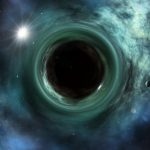 When I imagined the mission of the explorer ship Magellan to the Iota Persei star system thirty-four light years from our own planet, I knew I had to work out how the ship could get there. I wanted the trip to be short enough so the crew would still be relatively young when they reached their destination.… Read more: Engage engines
When I imagined the mission of the explorer ship Magellan to the Iota Persei star system thirty-four light years from our own planet, I knew I had to work out how the ship could get there. I wanted the trip to be short enough so the crew would still be relatively young when they reached their destination.… Read more: Engage engines - Futureshock
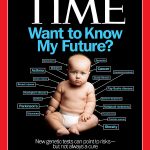 While the main focus of Horizon is the tense drama that plays out between the crew in the cramped confines of the ship, a lot of the grunt work in good science fiction goes into imagining the world of the future and how future events shape characters and create a believable background. The explorer ship… Read more: Futureshock
While the main focus of Horizon is the tense drama that plays out between the crew in the cramped confines of the ship, a lot of the grunt work in good science fiction goes into imagining the world of the future and how future events shape characters and create a believable background. The explorer ship… Read more: Futureshock - Welcome aboard Magellan
 In my post Engage engines, I talk about the theoretical drive that boosts the explorer ship to an appreciable fraction of the speed of light in order to reach the Iota Persei system in a reasonable time — i.e. before my ‘stellarnauts’ grow too old. But the drive is only one part of the ship,… Read more: Welcome aboard Magellan
In my post Engage engines, I talk about the theoretical drive that boosts the explorer ship to an appreciable fraction of the speed of light in order to reach the Iota Persei system in a reasonable time — i.e. before my ‘stellarnauts’ grow too old. But the drive is only one part of the ship,… Read more: Welcome aboard Magellan - Meet the crew
 Horizon is my debut science fiction novel published by HarperVoyager Impulse. It’s an SF thriller centred on a deep space exploration mission that goes very wrong, with repercussions for the future of all life on Earth. A lot of the action in Horizon takes place inside the cramped confines of the Magellan explorer ship, so the interactions… Read more: Meet the crew
Horizon is my debut science fiction novel published by HarperVoyager Impulse. It’s an SF thriller centred on a deep space exploration mission that goes very wrong, with repercussions for the future of all life on Earth. A lot of the action in Horizon takes place inside the cramped confines of the Magellan explorer ship, so the interactions… Read more: Meet the crew - Deadly supernovas
 Richard Cowper’s 1974 science fiction novel The Twilight of Briareus is one of the weirdest alien invasion stories I’ve read. It made a big impression on me as a teenager, and the central idea of the book is still very strong (although when I re-read it recently its storytelling hadn’t stood the test of time).… Read more: Deadly supernovas
Richard Cowper’s 1974 science fiction novel The Twilight of Briareus is one of the weirdest alien invasion stories I’ve read. It made a big impression on me as a teenager, and the central idea of the book is still very strong (although when I re-read it recently its storytelling hadn’t stood the test of time).… Read more: Deadly supernovas
